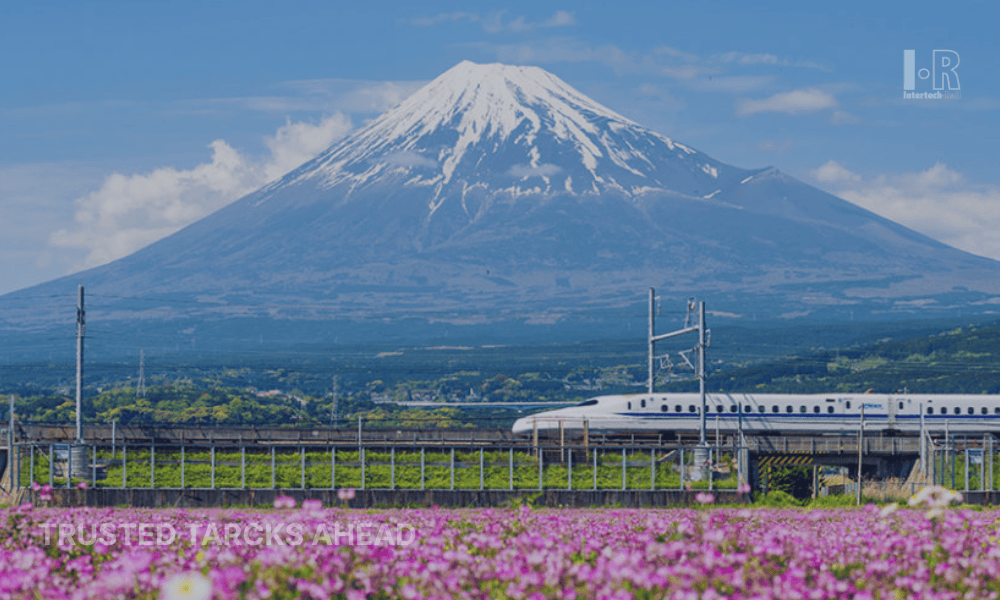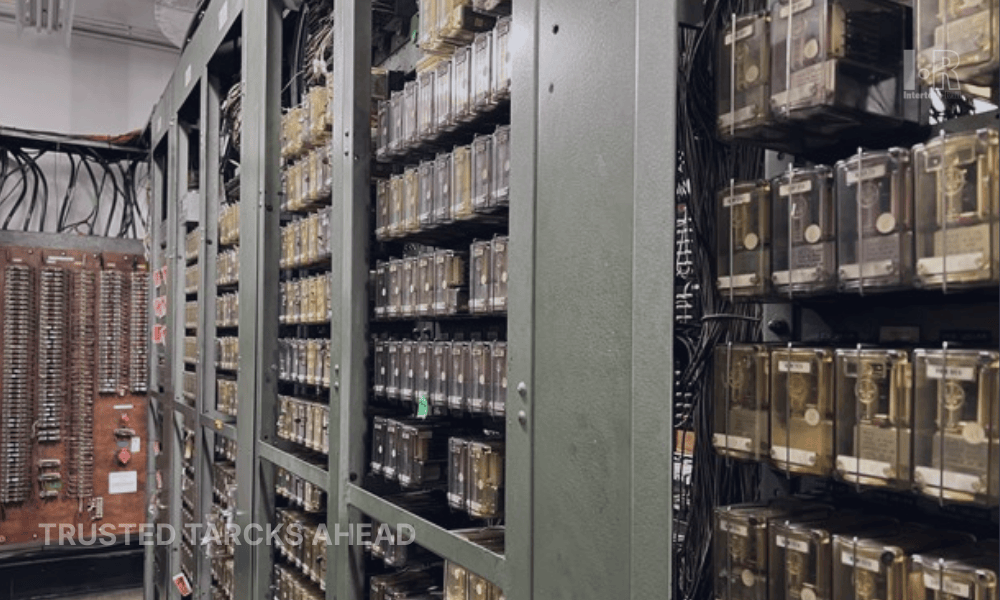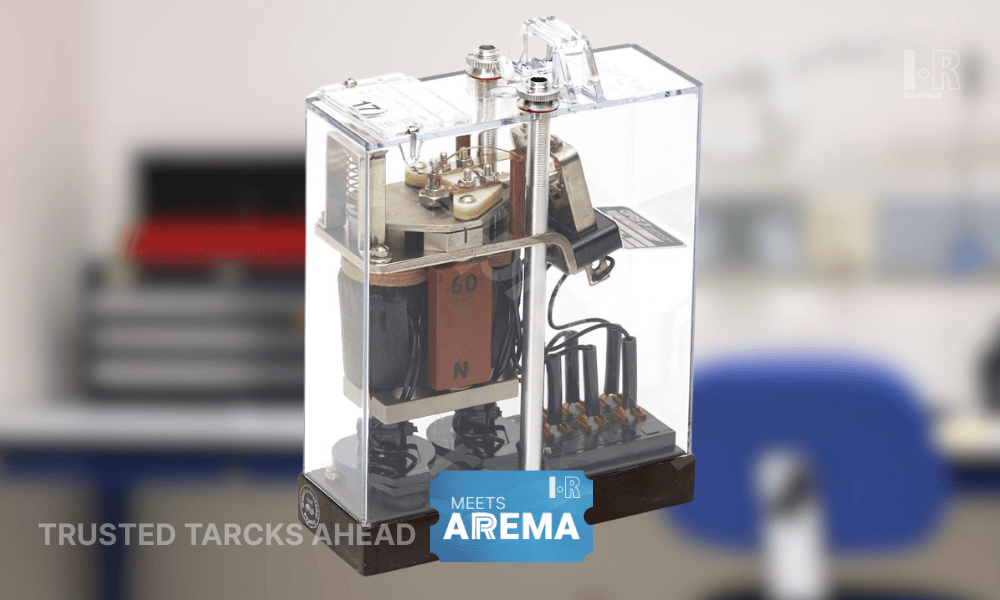High-Speed Rail Technology
High-Speed Rail Technology: Engineering Excellence and Infrastructure Requirements for Next-Generation Transportation

Fundamentals of High-Speed Rail Systems
Running trains faster is easy to say, hard to do. True high-speed rail technology means building the whole environment around speed, track, power, vehicles, and above all, control. HSR systems bring these parts together. Miss one, and the service does not work at 300 km/h.
Defining Standards and Global Networks
The names are familiar: Shinkansen, TGV, ICE. Each showed that trains could beat the plane on many routes. Standards vary, but most agree that high speed starts around 250 km/h. Some lines push far higher. What matters is the outcome: reliable service and real travel time reduction. The success of these networks shaped public opinion. They proved that HSR is not only possible, but practical.
Rolling Stock Design and Aerodynamics
At speed, air is the enemy. Rolling stock design must cut drag, not fight it. Aerodynamics drives every curve of the nose, every smooth surface. Engineers choose lightweight alloys and composites to keep weight down, but stiffness high. Bogies are tuned for stability so passengers do not feel vibration. Passengers may not care about drag coefficients, but they notice when the ride is smooth and quiet.
Track and Infrastructure Requirements
No train can run fast on a poor track. Dedicated lines are designed with wide curves, gentle grades, and welded rails. Slab track is common because it holds geometry longer than ballast. Bridges and tunnels are built with airflow in mind. And none of it matters without enough electrical power. High voltage, reliable delivery, that is the backbone.
Train Control and Safety Systems
At 300 km/h, the driver cannot rely on sight. That is why advanced signaling and train control systems exist. Continuous communication, automatic braking, moving block operation—these are not extras; they are survival. HSR systems demand control as much as they demand speed. Without it, high-speed rail would not be safe enough to operate daily.
Benefits and Challenges
The upside is clear. Travel time reduction changes travel habits. People shift from road and air to rail. That means lower emissions, less congestion, and stronger economic ties. The downside is cost. Land, construction, politics, sometimes these weigh heavier than the engineering. But once the line is built, benefits outlast the debate.
By the way, for a deeper look at how lightweight materials improve performance, see our article on Railway Energy Efficiency, and to explore compliance and lifecycle strategies, check Railway Asset Management.
High-speed rail technology is never just about a fast train. It is about integration: HSR systems where rolling stock design, aerodynamics, infrastructure, and train control work together. The Shinkansen, TGV, and ICE each proved that. And with modern advanced signaling and train control systems, the concept keeps expanding. High speed delivers what it promises—safety, efficiency, and real travel time reduction that reshapes entire regions.




